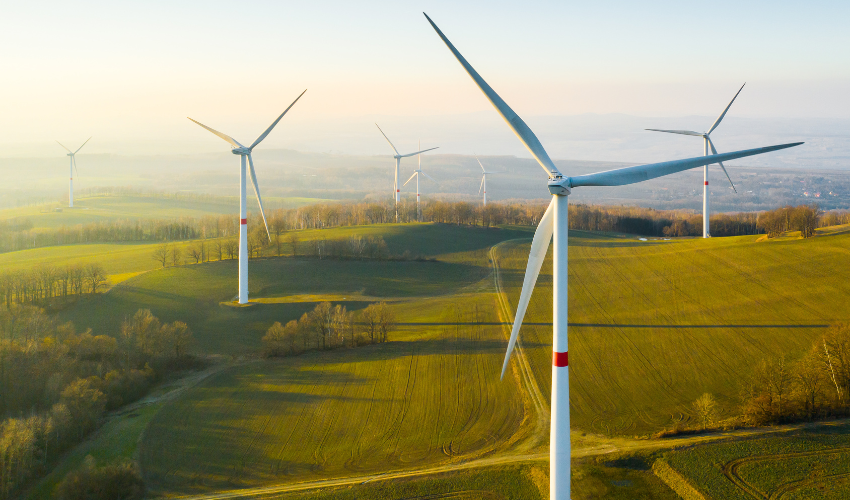
Environmental sustainability has become an increasingly important and essential topic for quite some time. As the community strives for clean energy solutions, the focus has shifted towards renewable technologies, particularly solar and wind power. These sources leverage natural elements to produce electricity, marking a fundamental contribution to a greener and more sustainable energy environment.
Clean energy involves sustainable sources that produce minimal environmental impact and significantly reduce greenhouse gas emissions. This transition is driven by the need to mitigate climate change, enhance energy security, and encourage a resilient and cleaner future. From harnessing power from the sun and wind to advancing technologies that minimize environmental footprint, the pursuit of clean energy is at the front of a global attempt to create a more sustainable and ecologically responsible energy ecosystem.
Let’s jump into the key sustainable energy types and highlight their roles in fostering a greener, more efficient future. These technologies not only align with environmental goals but also showcase the integral role of electronic components in optimizing their performance.
Solar Power:
Solar power harnesses the energy emitted by the sun, converting it into electricity through photovoltaic cells. These cells generate a direct current (DC) when exposed to sunlight. Electronic components, such as inverters, are essential in converting DC into alternating current (AC), which is the standard form of electricity used in homes and businesses. Microcontrollers and sensors also play a role in optimizing the performance of solar panels by tracking the sun’s movement and adjusting the panel angles for maximum efficiency.
Wind Power:
Wind power converts the kinetic energy of the wind into electricity through wind turbines. These turbines consist of various electronic components to ensure efficient energy conversion. Power electronics, including converters and controllers, are essential in managing the changing nature of wind power. They help regulate the voltage and frequency of the electricity generated, making it suitable for integration into the power grid. Sensors and communication systems are employed to monitor and control the turbines, optimizing their performance and ensuring their longevity.
Power Grids:
A power grid is a network of interconnected power generation, transmission, and distribution systems that supply electricity from various sources to end-users. Electronic components are integral to the functionality of power grids. Power management systems, SCADA systems, and smart grid technologies rely on microprocessors and communication devices to monitor and control the flow of electricity, balance supply and demand, and enhance overall grid reliability. Energy storage systems, which store excess energy for later use, also use electronic components such as batteries and control systems.
At Area51 Electronics, we support the transition to clean energy by offering a comprehensive range of electronic components sourced from our authorized manufacturers. With a commitment to sustainability and a greener future, we provide the essential building blocks for solar power, wind power, and power grid systems.
Our extensive network of trusted suppliers ensures that our customers have access to inverters, converters, microcontrollers, sensors, and other electronic components for the efficient functioning of renewable energy technologies.
Reach out to our team to find out more about our energy solutions: